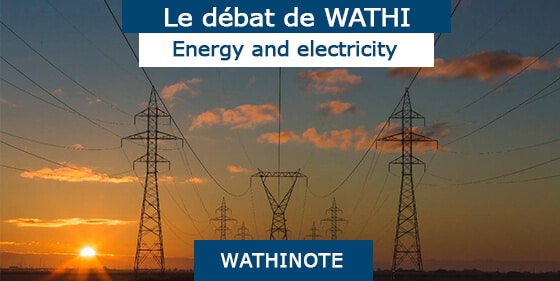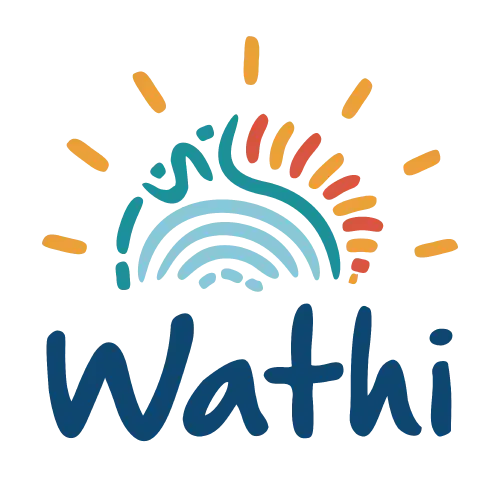

Author : Akachukwu Okafor
Affiliated organization : Change Partners International
Date of publication : 2019
Type of publication : Article
Introduction Like other nations that practice federalism, fiscal federalism in Nigeria started out of the need devolve power and improve governance and development at the grassroots through allocation of resources and spending to different tiers of government federal, state and local. This comes from the concept that in a fiscal federalism, all tiers of government should have adequate resources to perform its duties without soliciting support from other tiers of government, which helps to engender respect, equality, equity, justice and fair play amongst federating units and the central government.
In 1999, the 1989 decree that established the National Revenue Mobilization and Fiscal Commission (NRMAFC) was amended pursuant to the provisions of the 1999 constitution and the Revenue Mobilization and Fiscal Commission (RMAFC) was established with vested powers to monitor the accruals to and disbursement of revenue from the Federal Account and review from time to time, the revenue allocation formulae and principles in operation to ensure conformity with changing realities of Nigeria.
At this point, the federating states are to utilize their allocation from the Federation Account in addition to their internally generated revenue (IGR) to fund their annual budget which include provision of basic social infrastructure and services roads, education, health care, water and sanitation and payment of salaries. With recurrent expenditure of the budget usually taking up more than 60% of the budget estimate.
Financing Renewable Energy Solutions in Nigeria
The huge electricity generation and access deficit in Nigeria about 54.4% (World Bank, 2017) makes it more challenging for infrastructural development and growth. This is because most basic social amenities and infrastructure such as water and sanitation, health care, education, micro, small and medium scale enterprises agricultural processing including access roads construction electricity services to function.
This further provides a template for governments to harness local resources and become less independent on scare development aid and international funds to finance important development projects that would have been possible with political will and sincere commitment
With unreliability of the grid and energy access challenges, advocacy efforts on the reliability, sustainability and efficiency of renewable energy solutions particularly as a tool for making development projects functional, actualizing and accelerating sustainable development is becoming fruitful. Government is more consciously designing projects that are powered by renewable energy, however financing these projects remains a significant challenge due to the usual initial high capital expenditure that renewable energy solutions require. A recent study conducted by the Nigerian Rural Electrification Agency (REA) in collaboration with the World Bank and the Rocky Mountain Institute (RMI) found out that at least USD $9.2 billion is required annually for develop Nigeria’s off-grid electricity market that will complement the grid.
Several renewable energy financing initiatives already exist and are continuously being setup to help solve the renewable energy financing problem. Some of the recent financing include the World Bank’s USD $350 million Nigeria Electrification Project (NEP) funding to the REA (World Bank, 2018), the African Development Bank (AfDB) and African Growing Together Fund USD $200 million in joint funding to support the NEP (AfDB, 2018). Others include the European Union (EU) €30 million for sustainable energy investment fund (EU, 2019), €22 million German government funding to support her Nigerian Energy Support Programme (NESP) (The Guardian, 2018), the U.S Agency for International Development (USAID) Power Africa initiative Nigeria Power Sector Support Program (NPSP) USD $1.5 million lending to support the private sector driven new Energizing Economies Initiative (EEI) implemented by REA (USAID, 2019) and the UK Department of International Development (DFID) £10,517,080 Solar Nigeria Programme which started in 2014 and will end in 2020.
While these most of these funding focus on medium to large scale renewable energy community or institutional projects, other funding such as the USD $100 million partial risk Green Energy Fund Programme (GEF-P) by the African Guarantee Fund (AGF) provide access local currency concessional loans the Central Bank of Nigeria (CBN), Development Bank of Nigeria (DBN) and Bank of Industry (BOI) for micro, small, medium and large scale enterprises.
At least USD $9.2 billion is required annually for develop Nigeria’s off-grid electricity market that will complement the grid
Regardless of these financing initiatives, renewable energy sector in Nigeria is still largely underfunded, especially renewable energy projects that can’t demonstrate financial viability. Some of these projects include renewable energy electricity services for health care centres, schools, public libraries, community development centers, street lights especially in remote resource constrained communities. However, there is conscious effort to by some development actors to develop business models for some of these categories of facilities. For instance, there is an ongoing effort by the United Nations Foundation in collaboration with UK DFID to develop income generation models from Solar PV systems it deployed at health clinics in Ghana and Uganda.
Policy lessons and Conclusion
The factors that necessitated and enabled the interest and commitment of the Plateau State Government to seek sustainable solar street light project were complementary and cumulated her to first realize that it must take the bold step in requesting that Blue Camel Energy to present a project proposal. The project proposal was extensively debated and evaluated against previous proposals it received in the past against the state’s development needs and priorities. With both parties reaching a decision on what the scope of the project should be in achieving the government’s development objectives, the ground was laid for exploring financing models that is appropriate and sustainable for the project. Therefore, it is important to highlight that before clients particularly government ministries, departments and agencies (MDAs) are concerned about financing model for their development projects, it should first conceptualize and develop projects that are deliberate, sustainable, people centered, inclusive, cost effective, reliable, functional, holistic, appropriate, has value for money with additional multiple benefits to the government and citizens.
This further provides a template for governments to harness local resources and become less independent on scare development aid and international funds to finance important development projects that would have been possible with political will and sincere commitment. If this financing model was successful for a project that had no direct financial viability for sustenance and no direct impact to the livelihoods and wellbeing of citizens, it proves to be more successful for development projects that help to provide basic and improved health clinics, schools, water and sanitation facilities, decent housing, agricultural production and processing facilities, community libraries and skill development centers and other big infrastructural projects. Interestingly, this model shows that renewable energy projects and other development projects doesn’t necessary require grants and subsidies to implement if policy makers are committed to development objectives.
A significant policy lesson is that this model can be utilised along with other financing models to unlock funds that couldn’t have been available within regular financial organizations and funding mechanisms to fund projects of different scales, so far as the projects are sustainable and will positively impact the lives of people especially the poor, vulnerable and underserved.
Les Wathinotes sont soit des résumés de publications sélectionnées par WATHI, conformes aux résumés originaux, soit des versions modifiées des résumés originaux, soit des extraits choisis par WATHI compte tenu de leur pertinence par rapport au thème du Débat. Lorsque les publications et leurs résumés ne sont disponibles qu’en français ou en anglais, WATHI se charge de la traduction des extraits choisis dans l’autre langue. Toutes les Wathinotes renvoient aux publications originales et intégrales qui ne sont pas hébergées par le site de WATHI, et sont destinées à promouvoir la lecture de ces documents, fruit du travail de recherche d’universitaires et d’experts.
The Wathinotes are either original abstracts of publications selected by WATHI, modified original summaries or publication quotes selected for their relevance for the theme of the Debate. When publications and abstracts are only available either in French or in English, the translation is done by WATHI. All the Wathinotes link to the original and integral publications that are not hosted on the WATHI website. WATHI participates to the promotion of these documents that have been written by university professors and experts.
